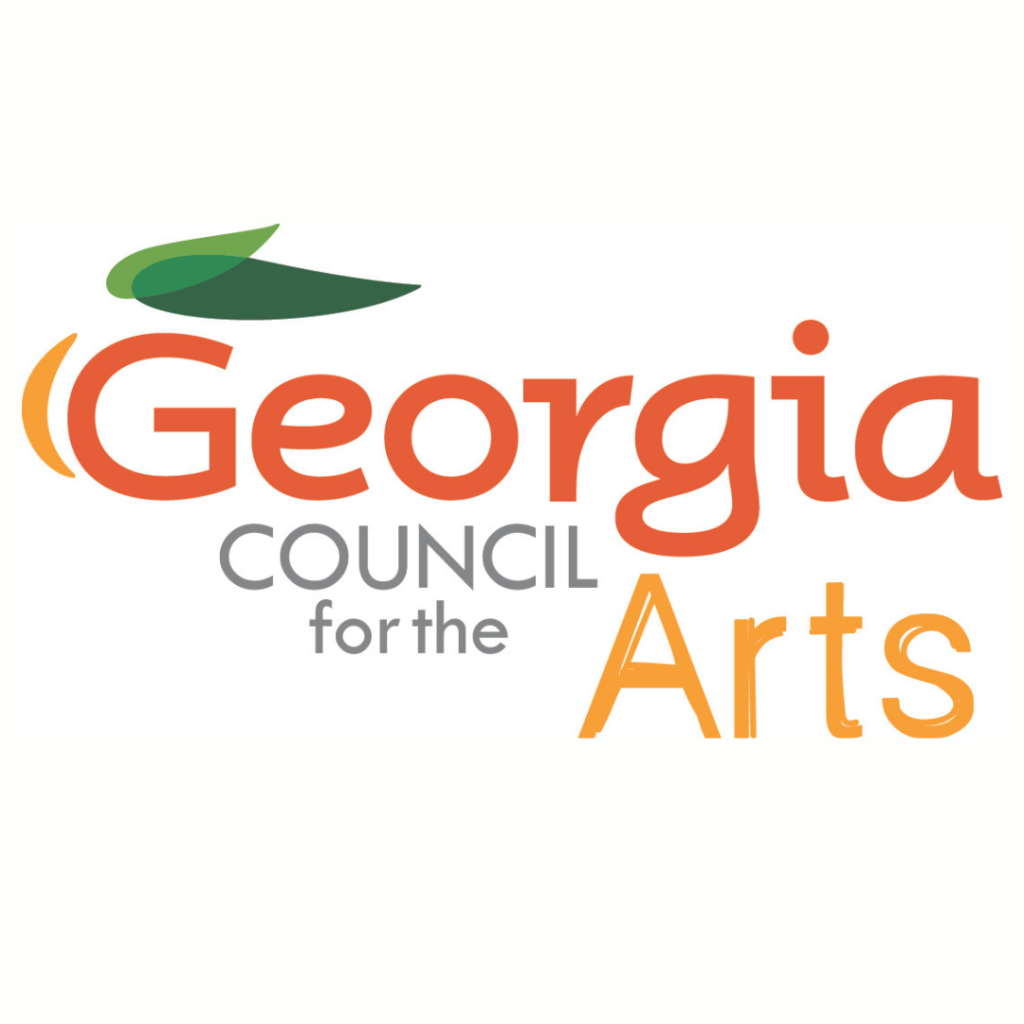Helping Homeless Young People
In Georgia, it has been estimated that up to 59,000 children experience homelessness each year.
Recent support for ending homelessness in Georgia, such as Atlanta’s $50 million Homeless Opportunity Bond and Gov. Brian Kemp’s pledge of $62 million to address housing insecurity, is encouraging, touching a subject dear to my heart – homeless kids.
 In 2024, nearly 150,000 children experienced homelessness on a single night in the United States. This was a 33% increase from 2023. In Georgia, it has been estimated that up to 59,000 children experience homelessness each year. According to recent reports, nearly 12,000 public school students in Cobb, Clayton, DeKalb, Fulton and Gwinnett counties are unhoused. That’s almost enough people to fill Gas South Arena. And that number could be even higher, according to National Alliance to End Homelessness, because government agencies frequently rely on self-reporting by parents or guardians to get their figures.
In 2024, nearly 150,000 children experienced homelessness on a single night in the United States. This was a 33% increase from 2023. In Georgia, it has been estimated that up to 59,000 children experience homelessness each year. According to recent reports, nearly 12,000 public school students in Cobb, Clayton, DeKalb, Fulton and Gwinnett counties are unhoused. That’s almost enough people to fill Gas South Arena. And that number could be even higher, according to National Alliance to End Homelessness, because government agencies frequently rely on self-reporting by parents or guardians to get their figures.
Partners for HOME, an Atlanta nonprofit that coordinates a U.S. Housing and Urban Development (HUD) program to rehouse people impacted by homelessness, found that the city’s unsheltered population in 2024 had increased 63% since the pandemic.
Much of this population consists of fostered young adults who age out of the system into homelessness. Nationally, 20% of foster children immediately become homeless after aging out of the system. Approximately 40% become homeless within their first 18 months. And 50% of those experiencing homelessness have spent time in the child welfare system. A 2021 national survey of 21-year-olds who had been in foster care found that more than 25% had been homeless during the previous two years, with similar numbers in Georgia.
Decatur’s Wellroot, formerly the United Methodist Children’s Home, facilitates foster care and provides temporary housing and transitional services for unhoused families, children and young adults. In 2024, the 150-year-old nonprofit bought the 7-acre campus of the Avondale Pattillo United Methodist Church property. It will support more housing, a community center and offices. Wellroot also recently opened a new Transitional Living Program in Decatur with housing and wraparound services for young adults who are aging out of foster care.
In Georgia, it has been estimated that up to 59,000 children experience homelessness each year.
More than 600 people between 18 and 21 years old age out of foster care in Georgia every year, and the Georgia Division of Family & Children Services (DFCS) doesn’t track them after they leave the state’s care.
One way to repair the safety net for homeless children is through the McKinney-Vento Homeless Education Act, which requires local school districts to provide homeless students access to schools. In high school, they can receive access to both college preparation and workforce opportunities.
Georgia MATCH is a good start. The new program notifies high school seniors which of the 22 technical colleges and 23 University System of Georgia institutions institutions they meet academic requirements for admission, removing some of the uncertainty of whether they will get in. Participating institutions will waive application fees in November and March if students use the portal.
As state and local leaders prepare to tackle homelessness, they must coordinate resources to take full advantage of federal funding. For example, HUD’s Foster Youth to Independence program offers vouchers that provide up to three years of rental assistance to those who have recently left or will soon leave foster care. Last April’s funding to Georgia included 769 vouchers valued at nearly $13 million. But only eight were used. Georgia DFCS should work more closely with organizations like Wellroot, which could assist in tracking outcomes in programs like this.
All Georgians can help through the Fostering Success Act, which since 2022 has allowed residents to redirect their tax refunds to qualified foster care organizations. For Wellroot, this funding supports its transitional living program. Wellroot also awards close to $200,000 in college scholarships annually at its This Is Home Gala, which will be held on April 3.
Many Georgia communities have similar institutions to help. One in Savannah is Greenbriar Children’s Center, which started in 1949 to help Black children who were homeless but now serves children and families of all backgrounds. It operates two affordable and accredited early learning centers for low-income families, an emergency shelter for neglected or abused children and free counseling.
Outreach is essential to registering children into such programs. Many are connected to faith organizations. You can also directly support organizations like Wellroot and Greenbriar Children’s Center. To get to the root of the problem and make a difference, consider how you can get involved. 







